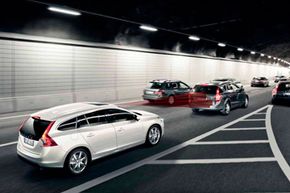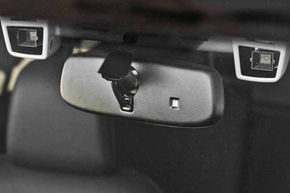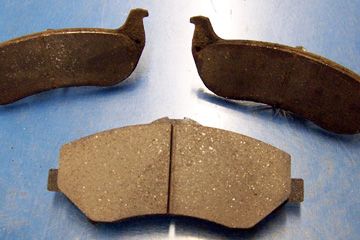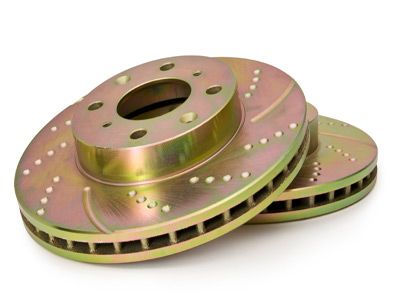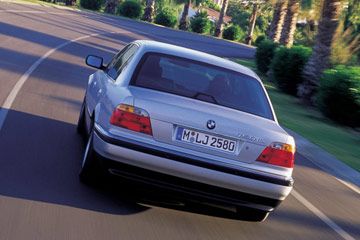Ah, the morning commute. You're exhausted, traffic is crawling, and your phone is already chirping away with e-mails, appointment reminders and to-do items that you'd rather not do at all. You glance down to see what that stupid device is freaking out about this time, and when you look back up, the Humvee in front of you has stopped. It's now inches in front of you. You make a face like surprised little Macaulay Culkin in "Home Alone" and jam on the brakes, hopefully in time to avoid a huge insurance bill and an angry woman in a muumuu suing you for whiplash.
But this kind of mishap may be a thing of the past, thanks to automatic braking. These sophisticated systems use the sensors and computers in your car to anticipate an accident and help your sleepy-self avoid bumping fenders -- or worse.
Advertisement
These accident avoidance technologies have been available abroad for years, but we're really just beginning to see them in the United States in the past few years. You might think that's because we're so lawsuit-happy over here (remember that muumuu-wearing whiplash victim we mentioned?), but David Sullivan, the resident expert at Subaru on its EyeSight system, gives a more charitable explanation.
"The U.S. is such a broad, highly varied market with many different needs. People across the country drive differently, and the different regions are like a bunch of little countries," he said. In Japan, where they've had EyeSight since the 2007 model year, roads are "fairly homogeneous, and road laws are the same everywhere." No special rules about U-turns or left on a one-way or right on red -- but not that red, not in this state -- for them.
Now that the technology is coming to the States in more models, let's take a look at what it can do for you before the caffeine kicks in on your morning commute.
Advertisement
